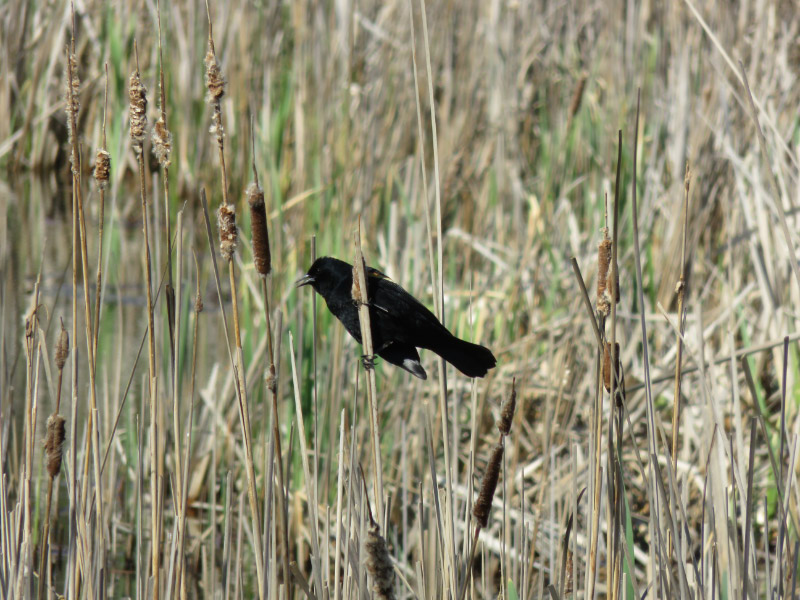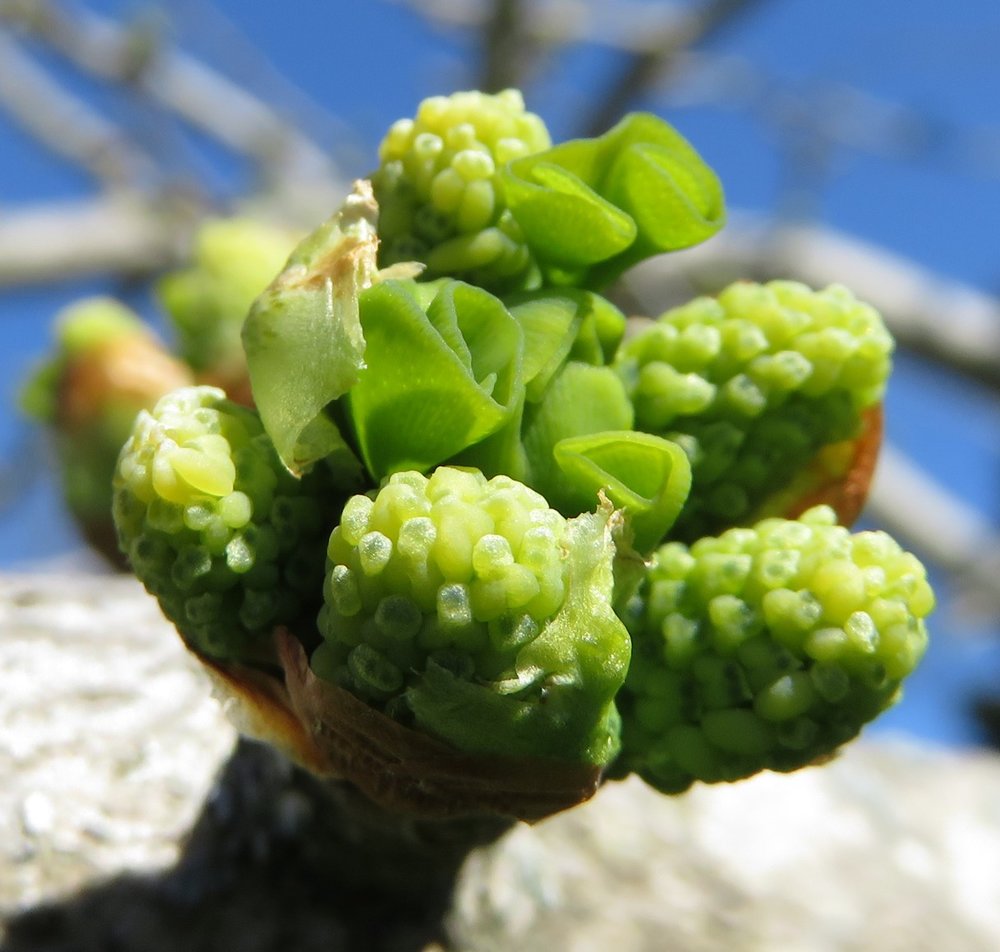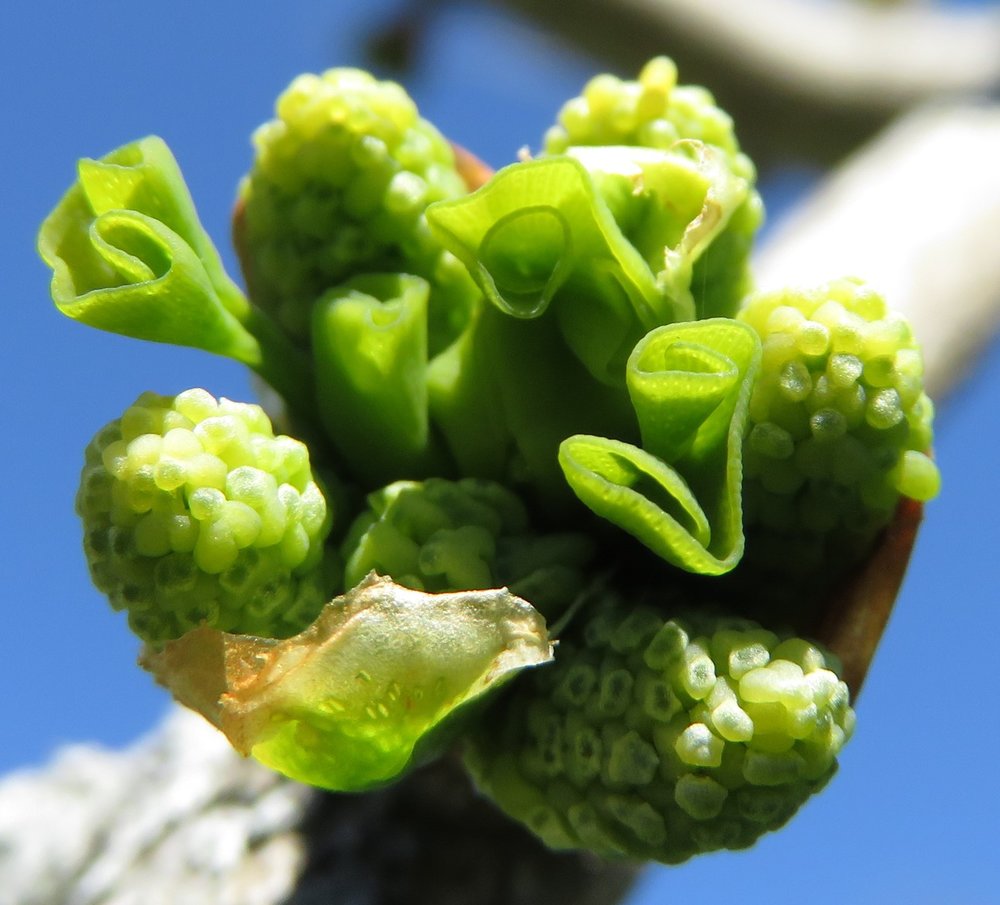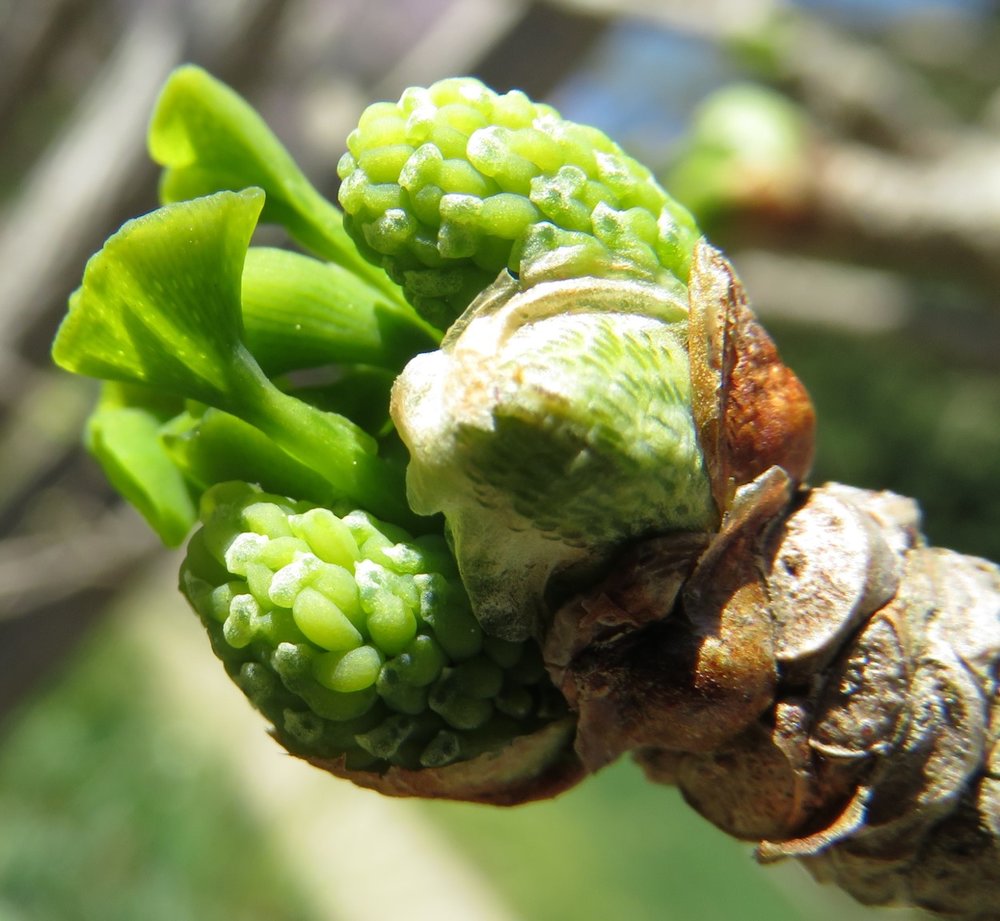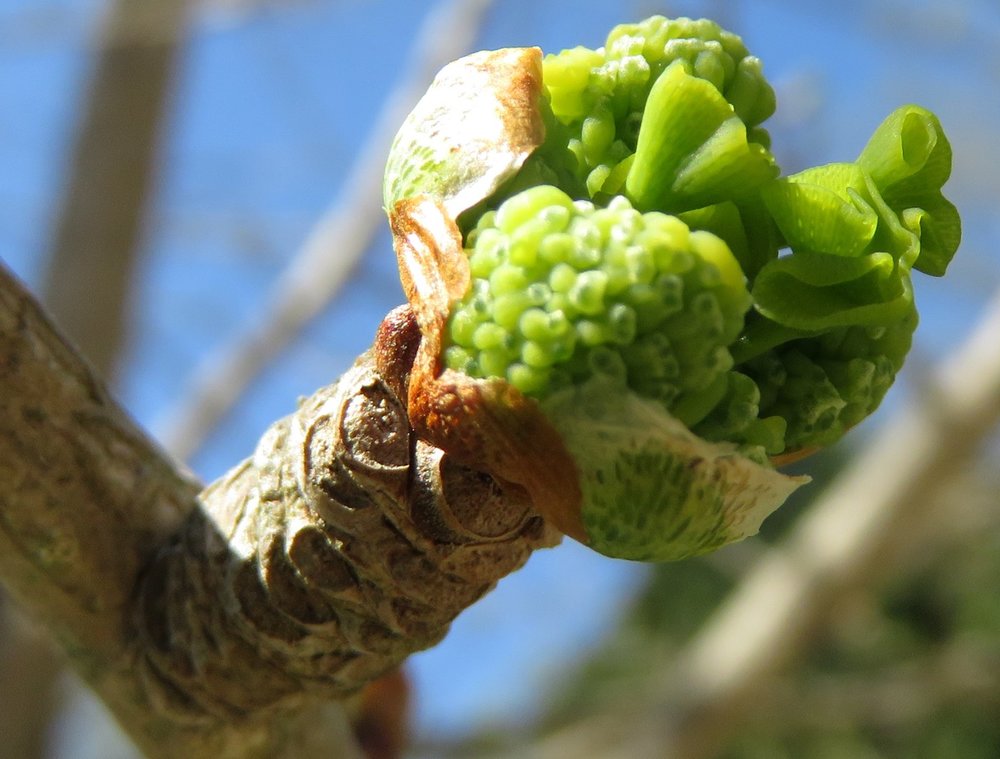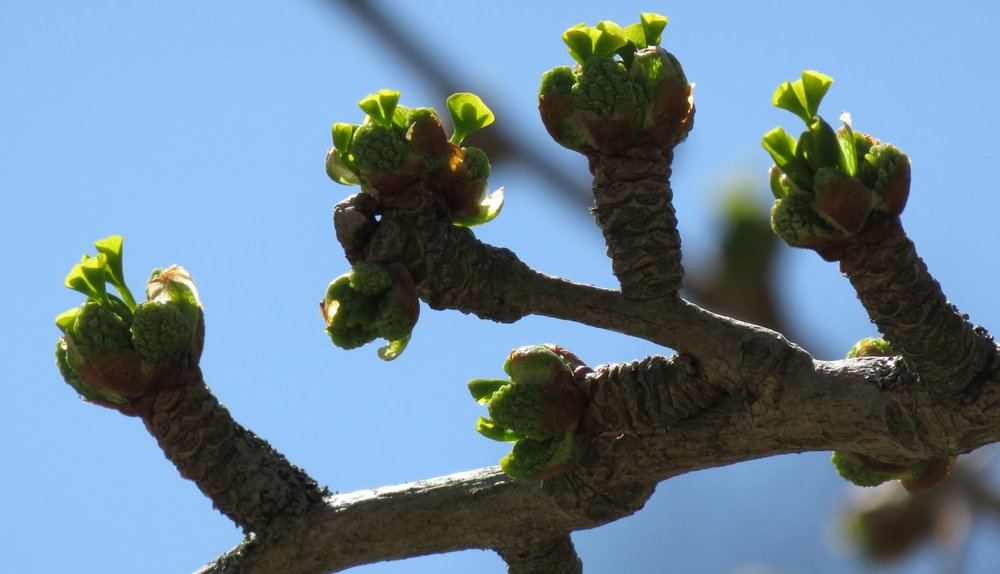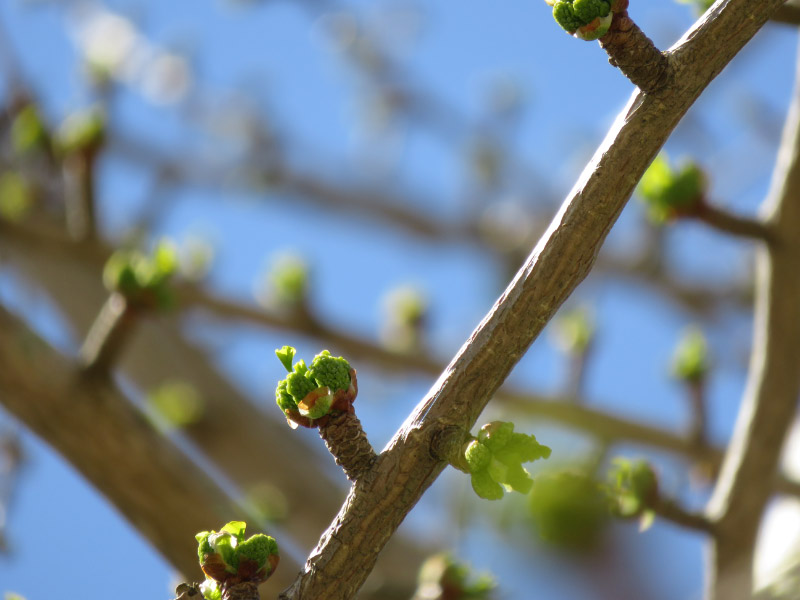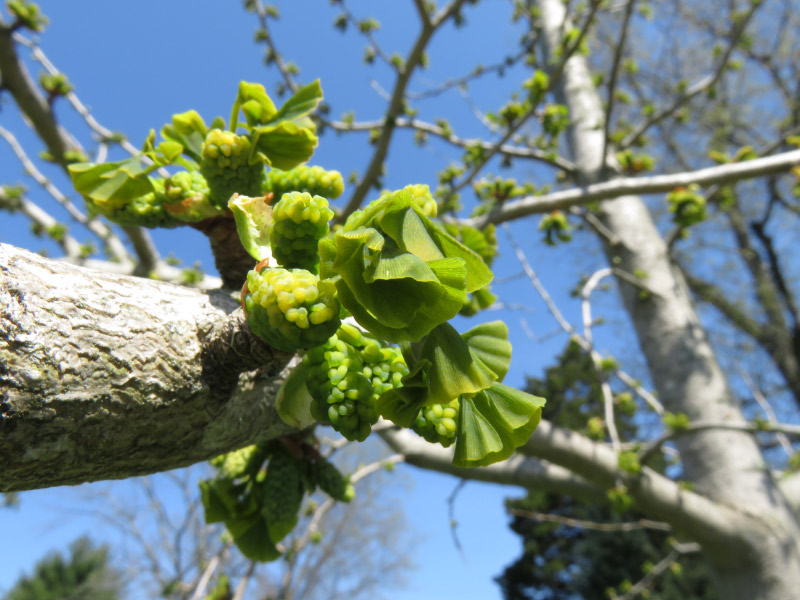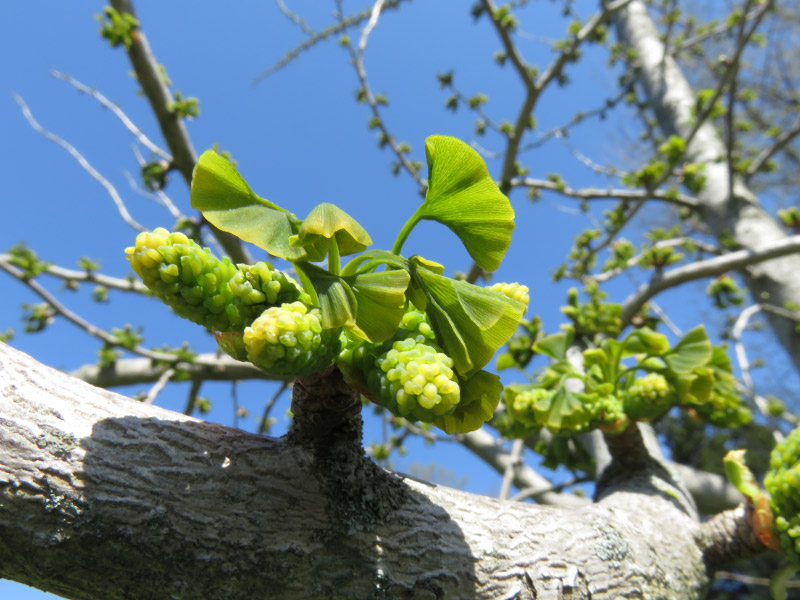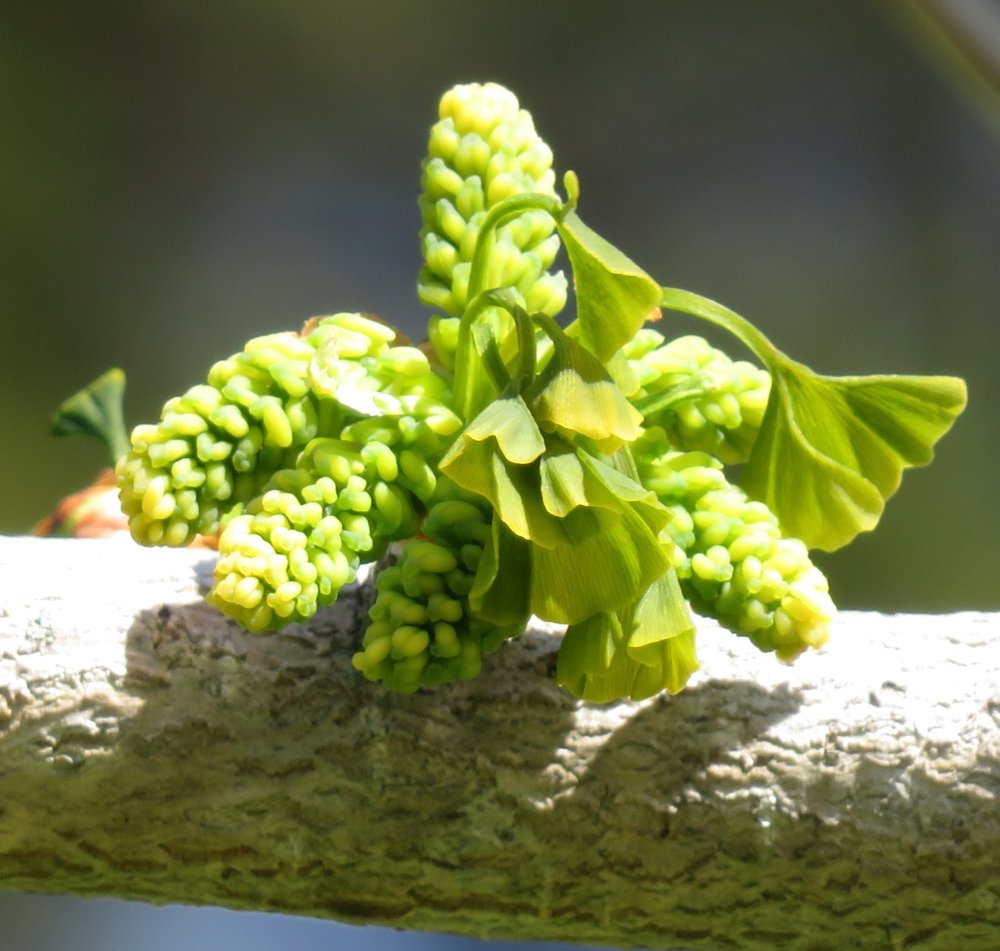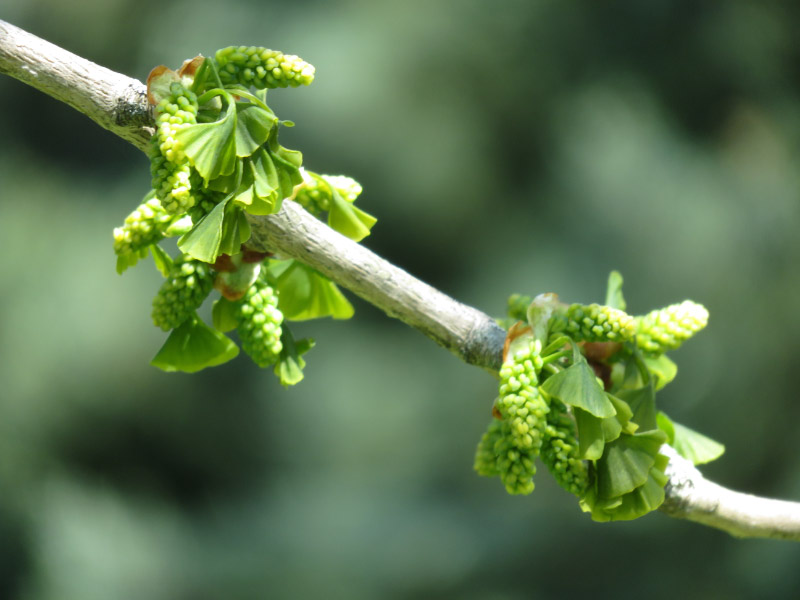Belmont Manor and Historic Park – April 2016
/I volunteered for a preschool field trip and finished up a Master Naturalist project at Belmont Manor and Historic Park this month so was able to look around at the spring unfurling there. Early in the month – the maples provided a lot of color. The red maples are indeed very red.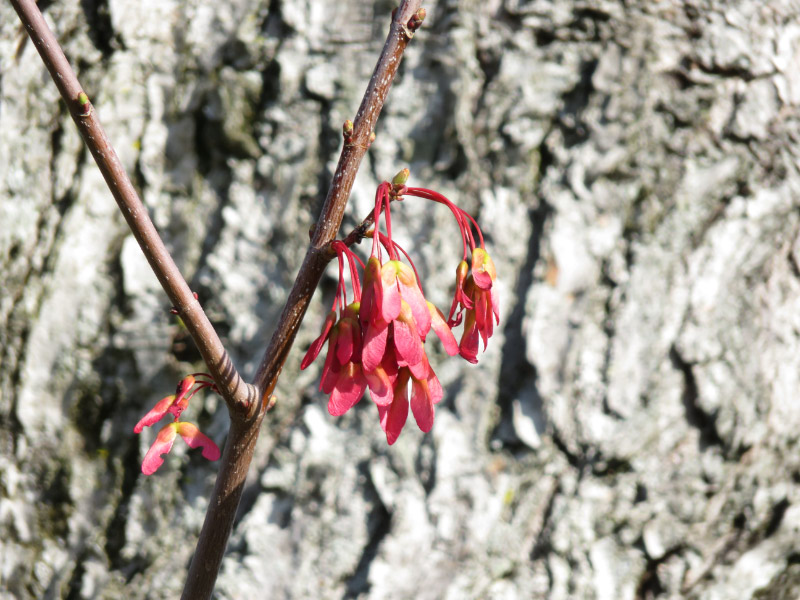
The sugar maples are more subdued but still colorful compared to a lot of other trees that were still looking like winter time in early April.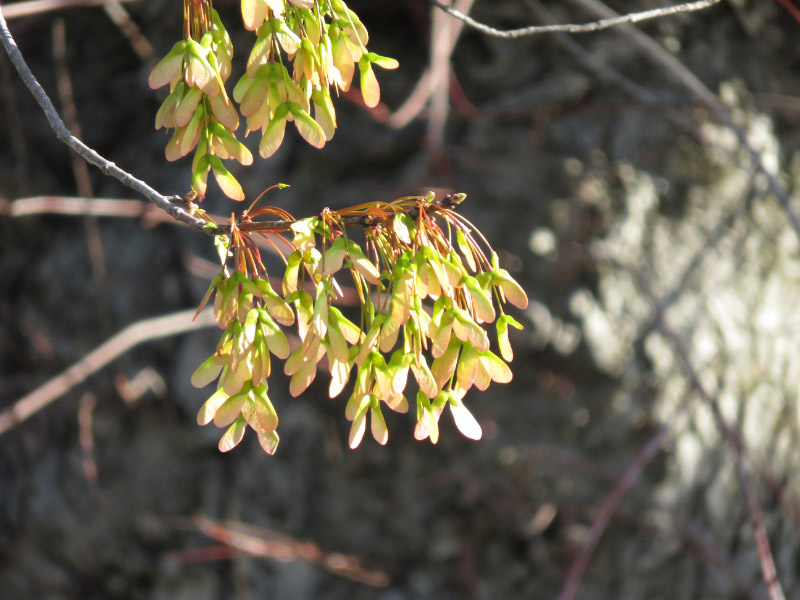
I’ve already posted about the Horse Chestnut buds and the Ginkgo from earlier in April. Someone commented that there was a female tree somewhere because last fall there was an awful smell from some kind of fruit tracked into the nature center by a field trip group. I had somehow missed the female tree, so I made a trip specifically to photograph it. The male tree was unfurled a bit more – everything a little battered looking because of some frosty mornings. 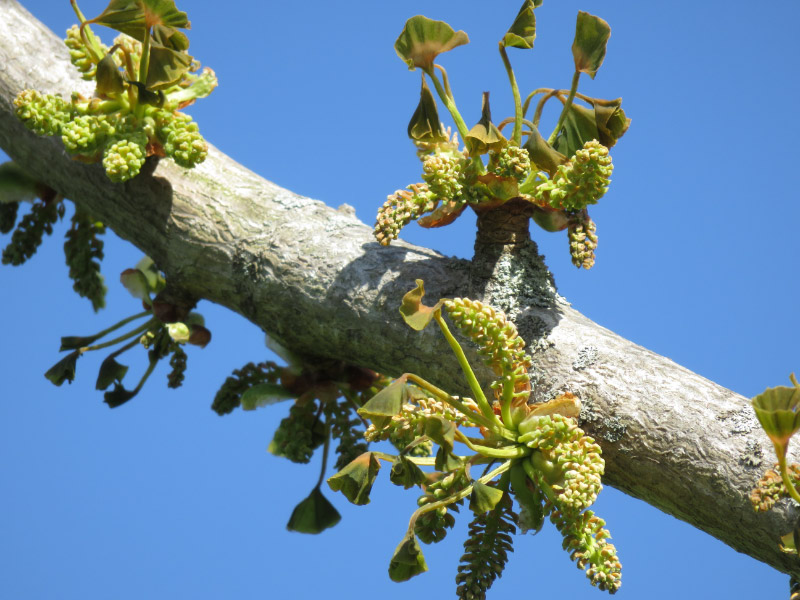
The female tree is not as far along and the structures are not as large. The buds near the base of the tree are still tightly curled. I’ll continue to take pictures of both trees through this season (and try to avoid stepping on any fruit in the fall since they are reported to smell like vomit).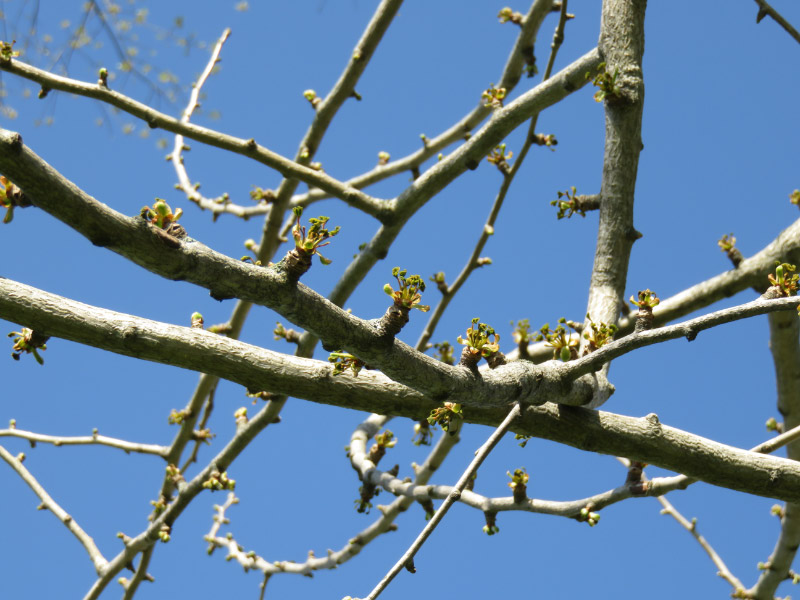
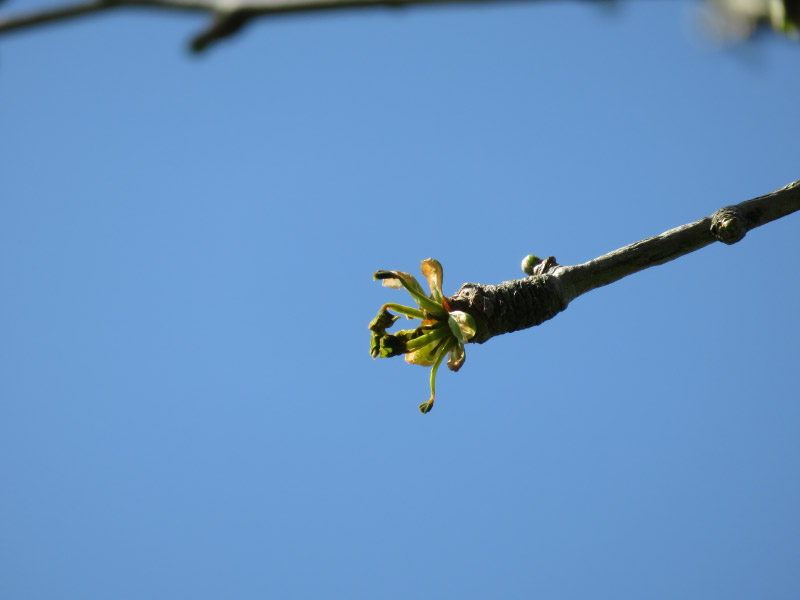
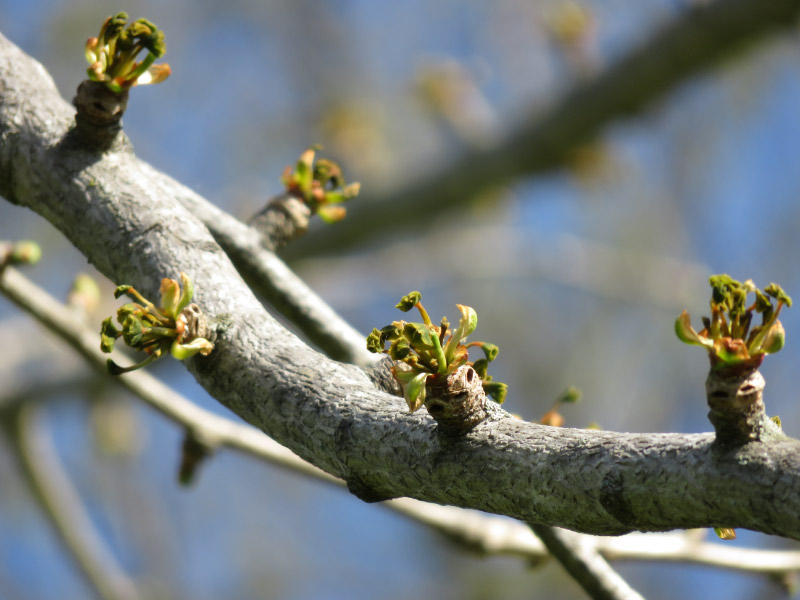 The black cherry was full of new leaves and reproductive structures by mid-April
The black cherry was full of new leaves and reproductive structures by mid-April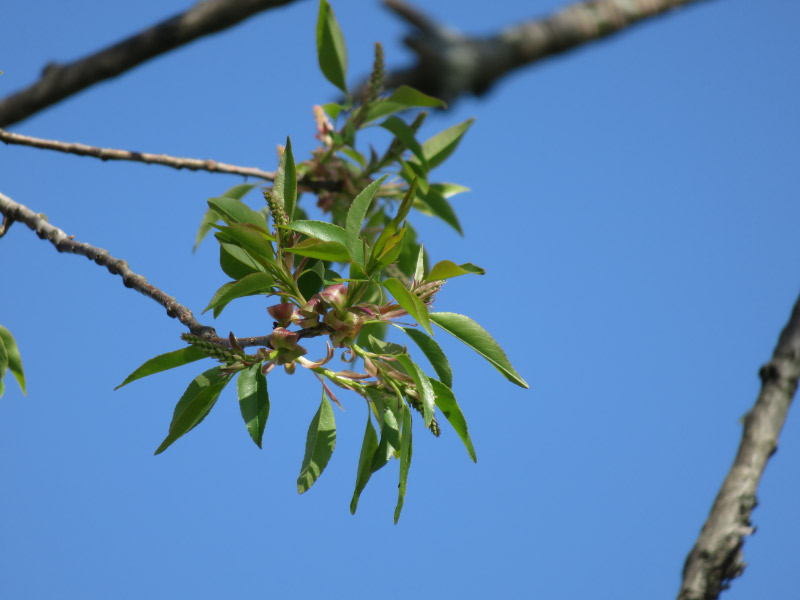
And the Dawn Redwood (a deciduous conifer) was getting new needles.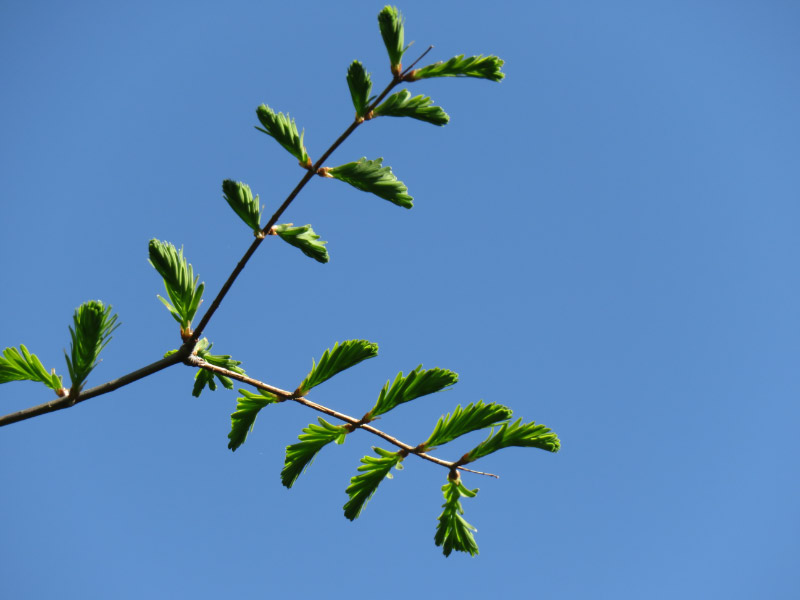
I enjoy the stands of lilacs at Belmont. They remind me of several family homes I visited as a child.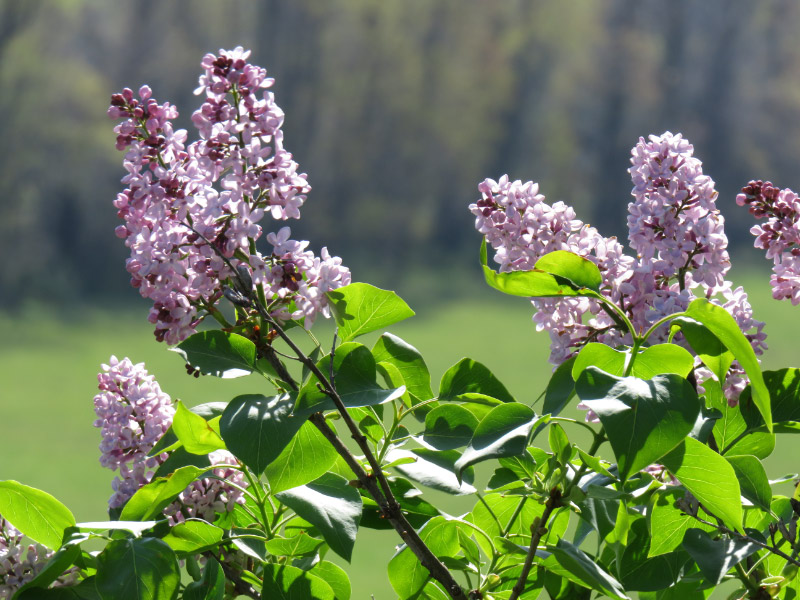
Dandelions are everywhere.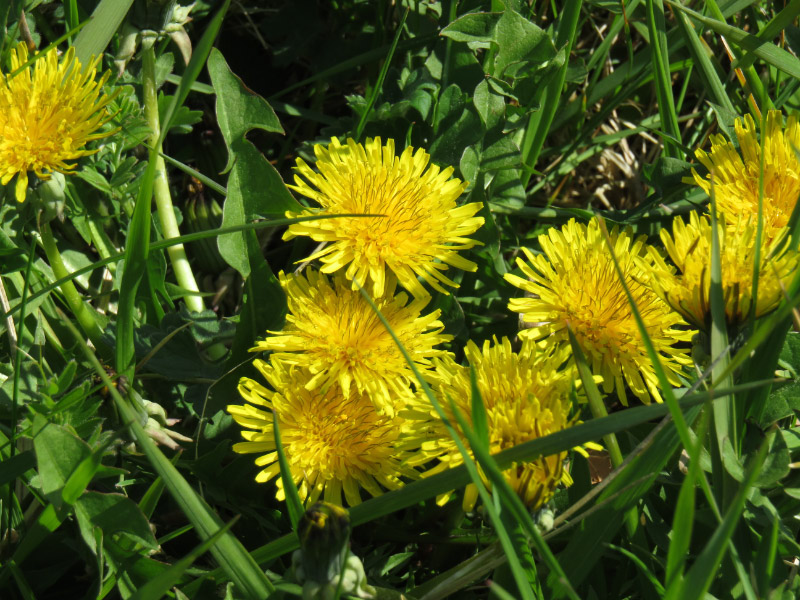
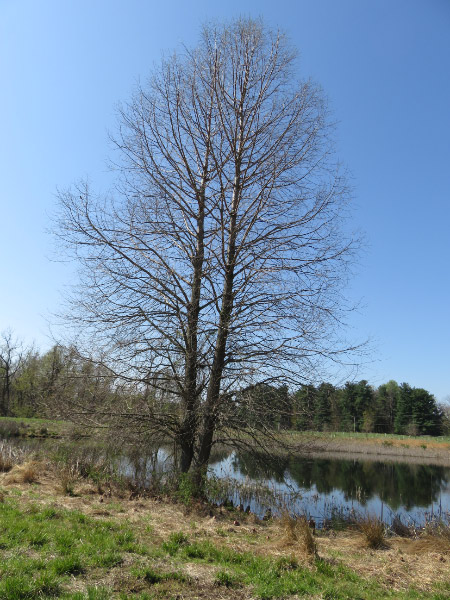 I checked the bald cypress by the pond in mid-April. Tree swallows were buzzing past close to my head as I hiked down – they must have already staked out the nesting boxes and are defending them from anything that comes close. The bald cypress was not as far along as the one I photographed at Brookside earlier. The buds on the lower branches were still very tight.
I checked the bald cypress by the pond in mid-April. Tree swallows were buzzing past close to my head as I hiked down – they must have already staked out the nesting boxes and are defending them from anything that comes close. The bald cypress was not as far along as the one I photographed at Brookside earlier. The buds on the lower branches were still very tight.
Higher up the buds were just beginning to open.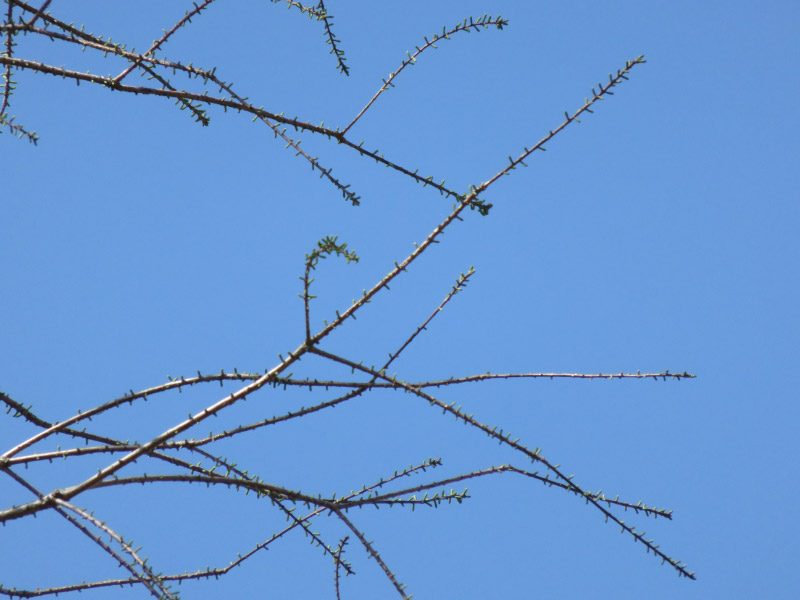
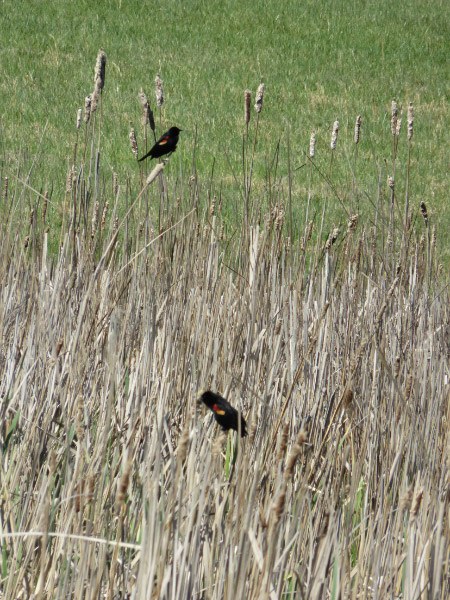 And the dried cattails from last season were full of noisy red-winged blackbirds. They’re defining their territory too.
And the dried cattails from last season were full of noisy red-winged blackbirds. They’re defining their territory too.